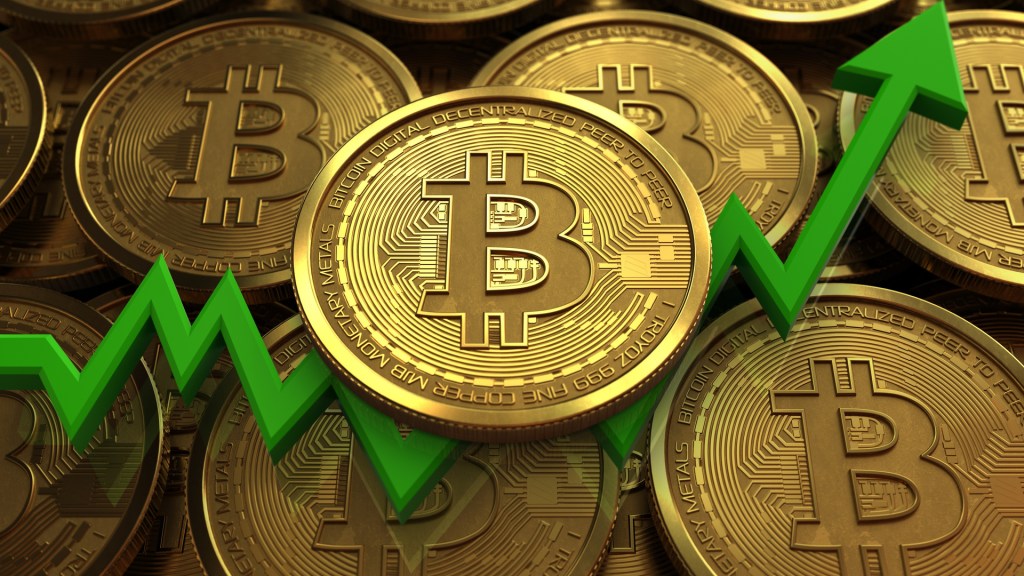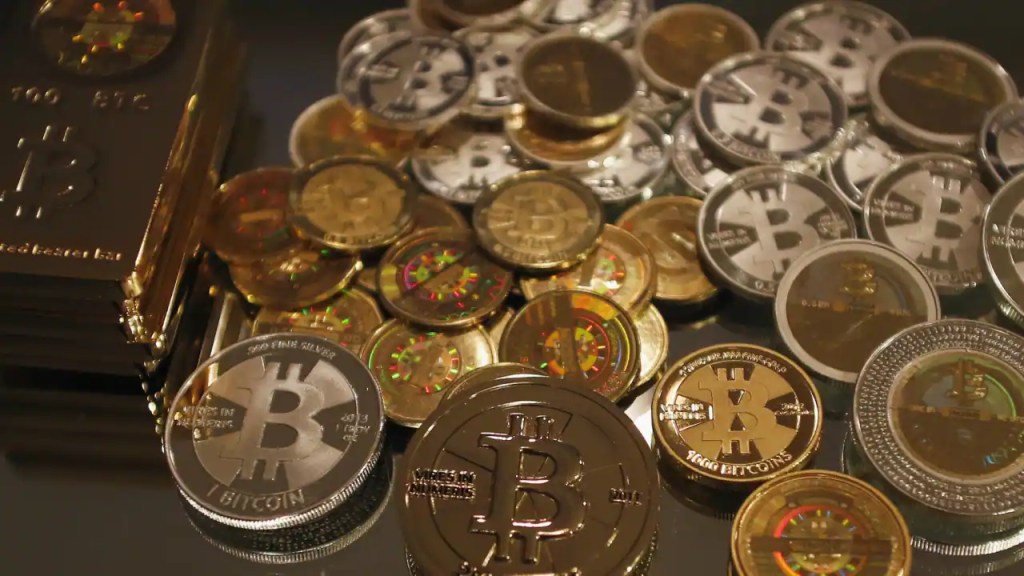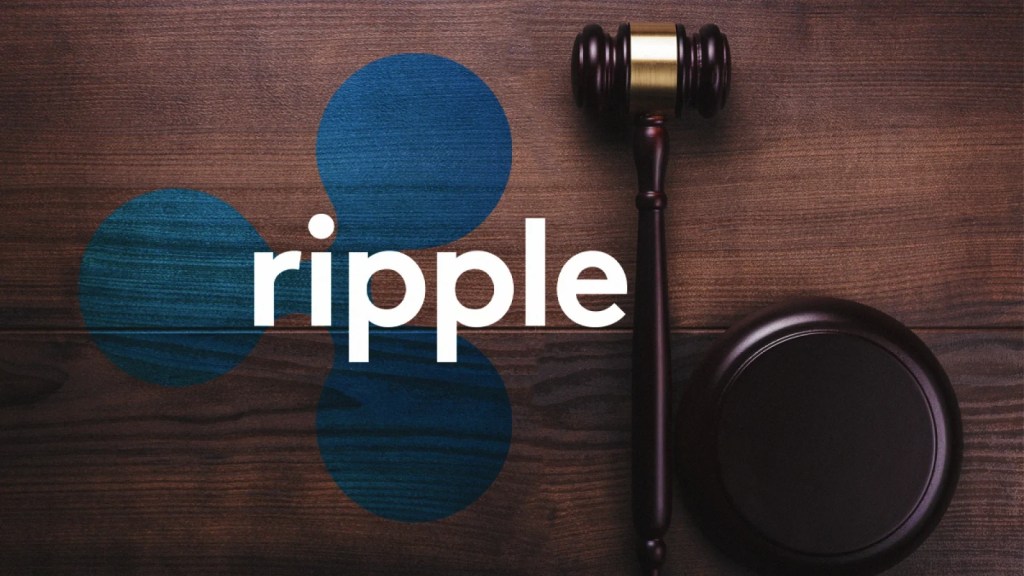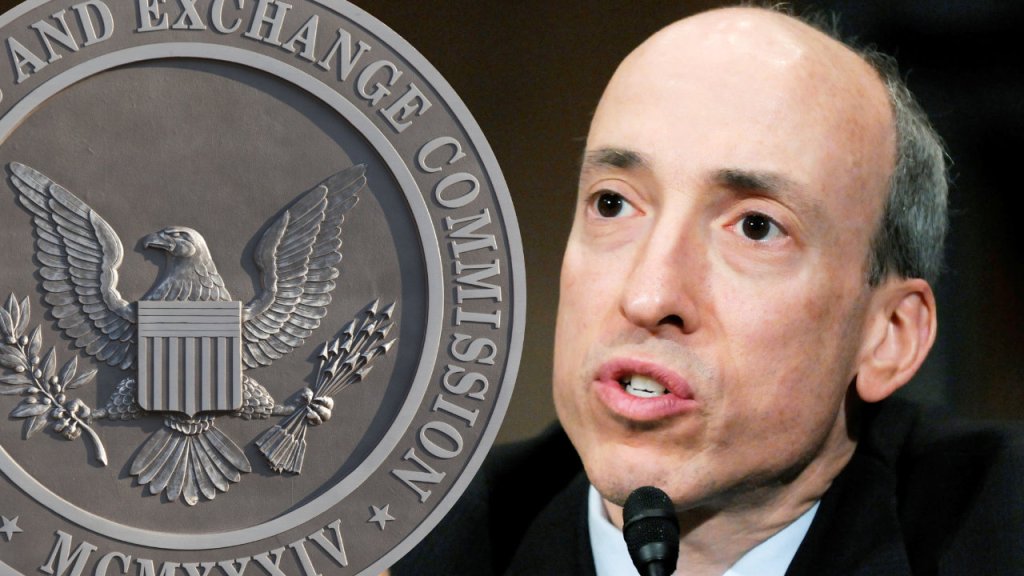The cryptocurrency market has had a bright start to the new year. Leading crypto Bitcoin has delivered over 40% year-to-date returns. The rally in the prices of risky assets is a result of slowing interest rates in both developed and emerging markets. This has increased interest in riskier assets. Matthew Sigel, VanEck’s Head of Digital Assets Research, explains what he expects from the cryptocurrency market in 2023.
1. Bitcoin will test $10-12,000 in the first quarter
Matthew Sigel says the MVIS Global Digital Asset Mining Index median market cap is currently only $180 million, with nearly all components burning cash and trading well below book value. He predicts that many miners will either restructure or merge, as Bitcoin mining is largely unprofitable given the recent high electricity prices and low Bitcoin prices. Therefore, the leader predicts that the cryptocurrency will test $10-12k.
2. The leading cryptocurrency will rise to $ 30,000 in the second half
Sigel states that Bitcoin and the broader cryptocurrency ecosystem have suffered from a brutal bear market in 2022. As you follow on Kriptokoin.com, many companies in the space have exploded and the sentiment is pretty weak. Bitcoin has traded like a risk asset compared to the previous year, showing price sensitivity to interest rate hikes. Sigel states that in developed markets, consumers will see Bitcoin as a store of value over time and a hedge against M2 inflation rather than open CPI inflation.
Another reason for giving this price forecast is the strong possibility of a global recession. If that’s the case, Sigel predicts the Federal Reserve will likely pause raising interest rates amid softening inflation as money printing and government budget deficits continue.

3. Financial institutions will use blockchains
Sigel believes that in 2023, institutions will use blockchains to simplify storage and settlement while reducing costs for customers. Accordingly, KYC/AML will be enabled using identity protocols and permission subnets/applications. It’s important to know that at the moment MakerDAO plans to invest $1 billion in US bonds and other government securities with the help of BlackRock and Coinbase. This allows DAI holders to earn higher returns on deposits. Real-world loans on platforms like Goldfinch, TrueFi, Maple, and Clearpool total more than $300 million. Sigel believes that among open source blockchains, Ethereum, Polygon, Avalanche, Polkadot and Cosmos are best positioned.
4. Brazil will become one of the most crypto-friendly countries in the world
Sigel explains that with persistent inflation and a young population, Latin America is seeing the fastest crypto and stablecoin adoption in the world. Brazilian regulators have been aggressive in giving private companies a hedge to play in this space. The country’s largest bank, Itau Unibanco, plans to launch an asset tokenization platform to convert traditional financial products into tokens and provide custody services to customers. Sigel believes that tokenization of sovereign debt could start first in Brazil.

5. Twitter will support payment offers with government money licenses
Sigel says Twitter’s current payment capabilities are limited to peer-to-peer tipping, including Bitcoin, over the Lightning Network, but the user experience remains poor. He expects Elon Musk to implement payment functionality more similar to WeChat Pay, which will allow consumers to pay traders for services. In November, Twitter filed registration papers with the Treasury Department’s Financial Crimes Enforcement Network (FinCEN) to pave the way for it to process payments, according to the New York Times. Such an effort is likely to include the dollar, Bitcoin and possibly other crypto assets such as Dogecoin.
6. A country will add cryptocurrencies, including BTC, to its sovereign wealth fund
We have heard firsthand from many crypto companies that Saudi Arabian government wealth funds are mining Bitcoin, albeit on a small scale. Additionally, Russian government officials have openly expressed their intention to resolve cross-border trading in crypto assets. Russia’s largest bank, Sberbank, recently integrated its Blockchain platform with MetaMask and Ethereum Blockchain. Additionally, multiple Russian media reported that Russians aggressively bought Bitcoin mining ASICS in November.

7. New decentralized stablecoin market cap to reach $1 billion
A stablecoin is a cryptocurrency pegged to a ‘hard’ reserve asset such as the US dollar or gold. Stablecoin projects differ in how they maintain their pegs. For example, USDT and USDC are both managed by centralized entities that secure their tokens with cash and fiat reserves, including government treasuries. DAI, on the other hand, is managed by a decentralized entity whose users deposit ETH in smart contracts to print over-collateralized DAI in dollars.
Sigel explains that algorithmic stablecoins differ in that they are collateralized with digital assets and are under- or over-collateralized. Typically, algorithmic stablecoins maintain their pegs with the backing of another digital asset and/or an on-chain algorithm that balances supply and demand. Despite the collapse of LUNA and the associated algorithmic stablecoin UST losing its anchor, Sigel expects various decentralized stablecoins to continue to launch in 2023, including the arbitrage and community-based GHO offering, which will implement AAVE’s over-collateralization strategy.
8. Ripple will lose its SEC case
Ripple Labs has been waging a legal battle with the SEC for its tokens XRP since 2020. The SEC lawsuit claims that XRP is an unregistered security. Given the importance of Ripple and XRP in the digital asset space, the outcome of this lawsuit could have far-reaching effects across the industry and set a precedent for future lawsuits.

Sigel explains that Ripple has the backing of several major players in the industry, including Coinbase and the Blockchain Association. This support has increased with 12 independent organizations now offering legal support to Ripple. Both the SEC and Ripple requested summary judgment from a federal judge on the case. Therefore, a decision is likely to be made by the end of the first quarter. Sadly, the SEC won its lawsuit against blockchain-based publishing company LBRY in November. Sigel says that with this case as a precedent, the possibility of a Ripple victory is no longer financially likely.
9. Gary Gensler will leave the SEC
Cryptocurrency enthusiasts had hoped that SEC Chairman Gary Gensler would be an advocate for developing the digital asset ecosystem in the United States. However, the SEC continued to reject or delay decisions on Bitcoin spot ETFs on the grounds of ‘market manipulation’. Oddly enough, Bitcoin futures ETFs and even short Bitcoin futures ETFs have been approved. President Gensler has stated several times that he views Bitcoin as a commodity, but most other digital assets are securities. Yet, as the SEC and CFTC compete for the right to regulate the space, considerable uncertainty remains over which agency will regulate the industry.

Sigel predicts that President Gensler will be replaced, especially with the 2022 midterm elections behind us, which face increasing scrutiny that could turn into a political responsibility for the White House. Four US lawmakers sent a letter on November 8 mocking him for the SEC’s double standard when it comes to transparency. New York Democratic Representative Ritchie Torres also wrote a letter to the U.S. Auditor in December, asking the federal legislative monitor to review the SEC’s failure to protect the public from “the appalling mismanagement and misconduct of FTX.” The strongly worded letter also criticized President Gensler’s leadership in general.
10. Total number of Web3 players in the cryptocurrency world will break records
The total addressable market (TAM) in traditional games is huge, with $300 billion and 3.2 billion people worldwide. The game is a digital-local event and in-game items are already purchased and used by hundreds of millions of players worldwide. Still, Sigel believes that there are category gaps between traditional and crypto gaming, creating ample room for growth. However, early play-to-earn games lacked high-end production value and budgets large enough to attract mass-market users. Some traditional ‘AAA’ games aim to fill this gap with support releases in 2023. Sigel believes one of them will go viral.

11. Ethereum will enable withdrawals from Beacon Chain
Beacon Chain, pre-Merge, is the name of the PoS Ethereum Blockchain. It was created to ensure that the proof-of-stake consensus logic is robust and sustainable before it is enabled on the Ethereum Mainnet. The merge took place in September 2022 and resulted in the Ethereum Mainnet merging with the Beacon Chain and transitioning to a singular Blockchain with a PoS consensus mechanism. Stakers currently receive ~5% annual interest rates for committing ETH.
However, withdrawals are not enabled, potentially hindering adoption. Enabling Beacon Chain withdrawals will give stakers more confidence to allocate capital to the protocol. The mentioned ETH percentage could potentially go from 13% to over 25%.